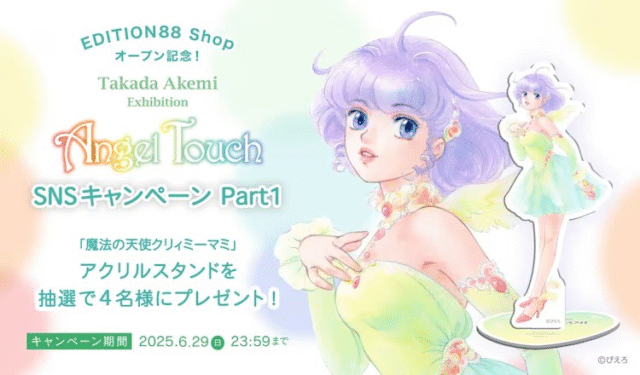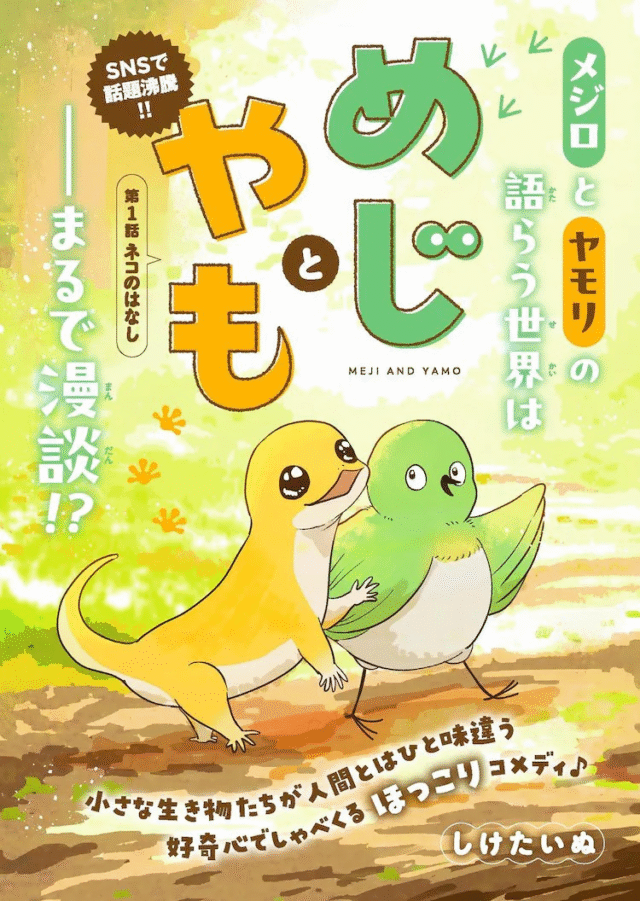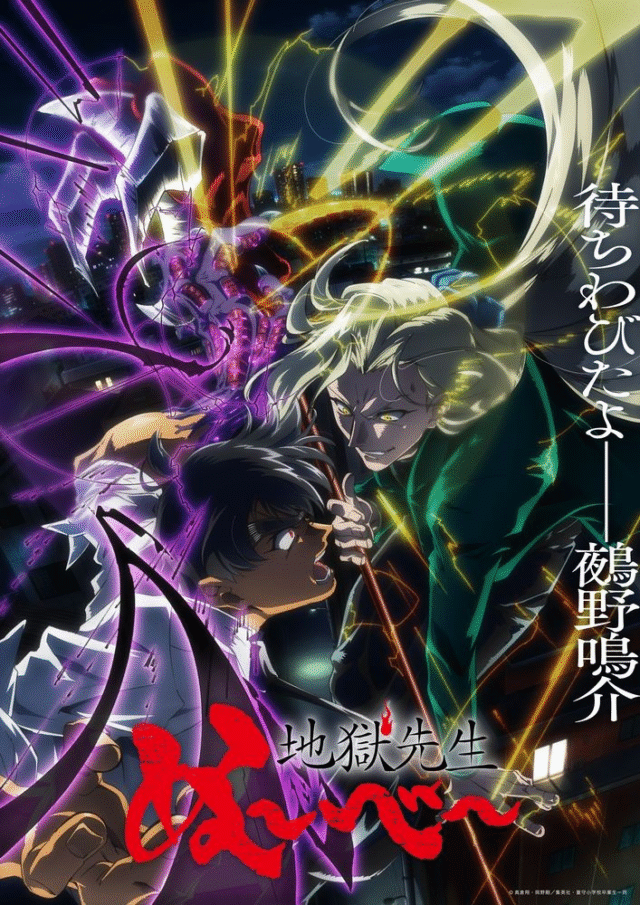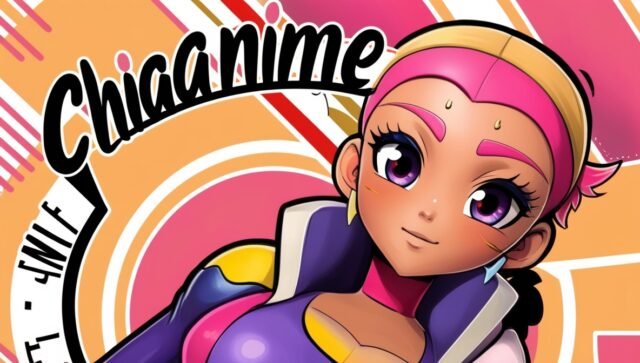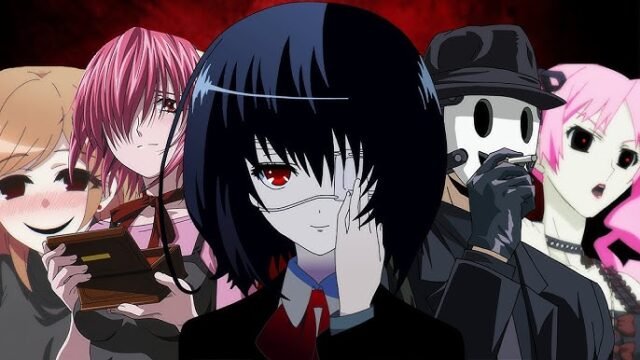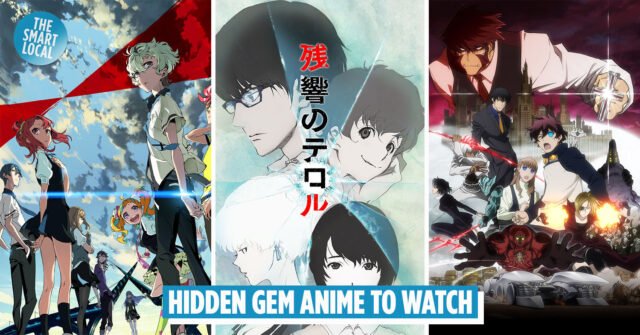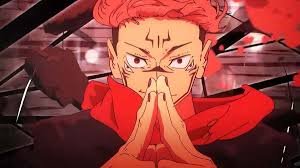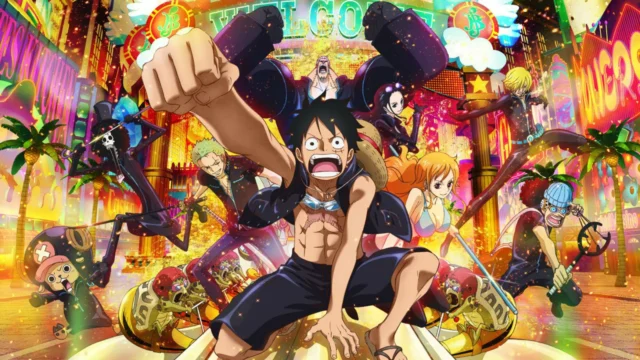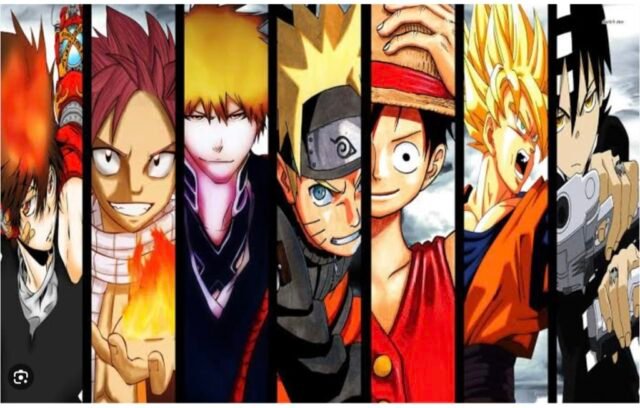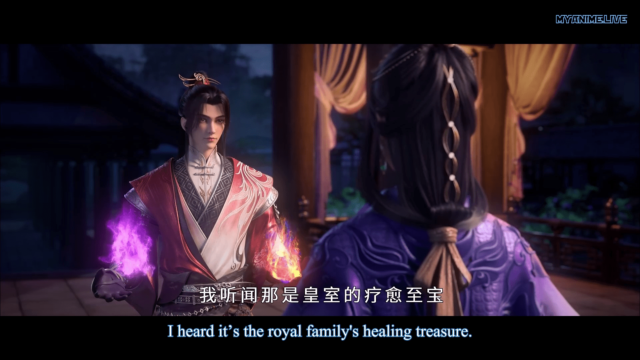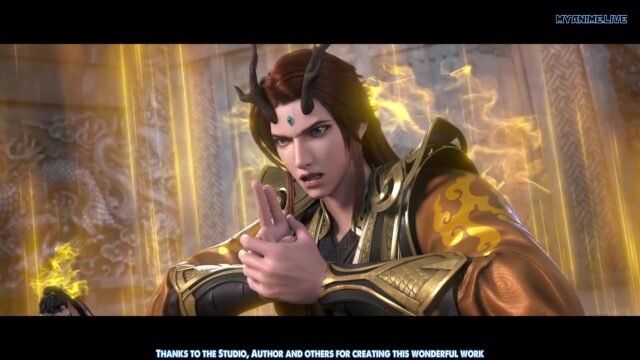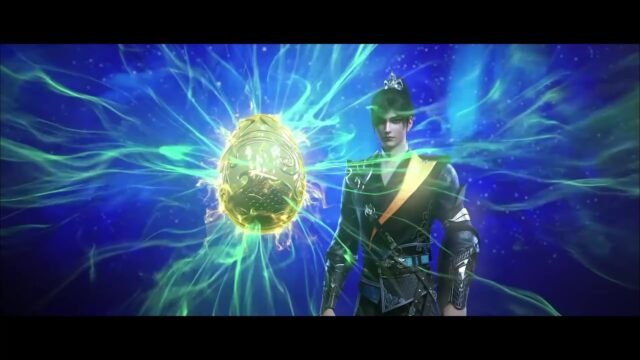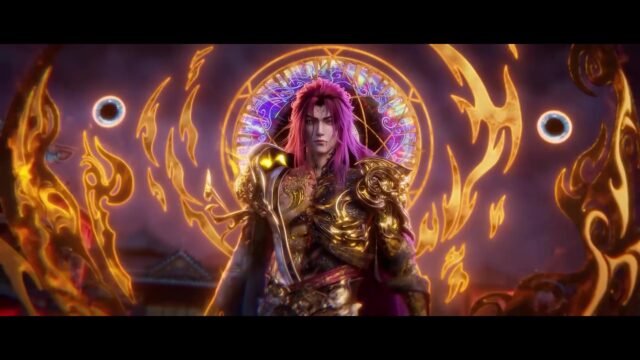Shoujo anime is a fascinating genre that captivates audiences with its charming stories and relatable characters. Originally designed for young girls, it has grown and evolved significantly over the years. The transition from classic styles to modern interpretations reflects not only changes in storytelling but also shifts in societal views and artistic approaches within the anime community.
In the early days of shoujo anime, around the 1960s, the focus was primarily on romance and personal growth. Titles like “Sally the Witch” and “The Adventures of Minky Momo” represented this era well. These shows often featured magical elements but still centered around everyday challenges faced by young girls. The hand-drawn animation had a simplistic yet charming quality, capturing the essence of innocence and exploration.
As the 1970s rolled in, shoujo anime started to develop deeper narratives with richer character arcs. Series such as “Rose of Versailles” pioneered more complex themes, encompassing love, betrayal, and historical drama. This period highlighted the capability of shoujo anime to tackle serious subjects while maintaining a predominantly female perspective, which was a significant step forward for the genre.
The 1980s and 1990s marked another transformation in shoujo anime with the introduction of influential creators such as Naoko Takeuchi, whose “Sailor Moon” became a massive hit. This show not only popularized magical girl tropes but also emphasized friendship, loyalty, and personal empowerment. The vibrant character designs and catchy themes resonated with a generation and ushered in an era of strong female protagonists.
Today, shoujo anime embraces a wide variety of genres, demonstrating versatility that goes beyond traditional romantic themes. Series like “Fruits Basket” and “My Dress-Up Darling” incorporate elements of psychological depth, supernatural intrigue, and detailed character development. The aesthetics have also transformed; you will find stunning visuals, advanced animation techniques, and detailed background art that draw viewers into intricately crafted worlds.
- Classic Shoujo Elements: Romance, Innocent Charm, Magical Elements
- 1970s and 1980s Influences: Deeper Narratives, Complex Characters, Historical Contexts
- Modern Shoujo Themes: Psychological Elements, Empowering Protagonists, Contemporary Issues
Shoujo anime continues to flourish not just in Japan but globally, attracting diverse audiences. Shows are now being dubbed and streamed, making it easier for non-Japanese speakers to enjoy. The strong emotional connections woven into the stories resonate with viewers of all ages. This accessibility has led to an expanded community of fans who celebrate these narratives.
Another noteworthy aspect of modern shoujo anime is its inclusivity. Recent series feature LGBTQ+ characters and stories, breaking traditional barriers and allowing for a broader representation of relationships. Titles like “Yuri on Ice” and “Given” illustrate how shoujo can adapt to contemporary discourse around identity and love.
The rise of digital platforms has also impacted the evolution of shoujo anime. With streaming services such as Crunchyroll and Netflix, audiences have more options than ever. This accessibility not only brings more viewers but also promotes diverse storytelling. Now, lesser-known titles can achieve fame, allowing previously marginalized voices to impact the genre significantly.
To illustrate the evolution, here’s a simplified timeline of key shoujo anime shows:
| Year | Title | Key Features |
|---|---|---|
| 1966 | Sally the Witch | First shoujo anime; magical elements |
| 1979 | Rose of Versailles | Complex themes, historical drama |
| 1992 | Sailor Moon | Strong female protagonists, magical girl tropes |
| 2001 | Fruits Basket | Psychological depth, supernatural elements |
| 2016 | My Dress-Up Darling | Contemporary issues, character empowerment |
The evolution of shoujo anime showcases its ability to adapt, grow, and reflect societal changes. From its roots in simple romance to today’s complex narratives, shoujo anime remains a beloved genre that continues to inspire and touch the hearts of many viewers. As you explore this captivating world, you’ll discover a rich tapestry of stories that speak to the challenges, aspirations, and dreams of both young and mature audiences alike.
Iconic Shoujo Anime Series You Should Watch
Shoujo anime is a unique genre that appeals primarily to a young female audience, featuring themes of romance, friendships, and personal growth. With captivating stories and beautifully designed characters, these series transport viewers into a world filled with emotion and excitement. Below is a list of some iconic shoujo anime series that you absolutely should not miss.
Fruits Basket
“Fruits Basket” is a cornerstone of shoujo anime that blends romance with supernatural elements. The story revolves around Tohru Honda, a kind-hearted girl who discovers the secret of the cursed Sohma family. Each member of the family transforms into an animal from the Chinese Zodiac when hugged by the opposite sex. You’ll become immersed in the rich character development and emotional depth as Tohru helps bring healing to the family’s struggles.
Ouran High School Host Club
This beloved series follows Haruhi Fujioka, a scholarship student at the prestigious Ouran Academy. Initially mistaken for a boy, she finds herself tangled in the world of the Host Club, which is filled with charming male students vying for the attention of female clients. “Ouran High School Host Club” is not just a romantic comedy; it cleverly critiques societal norms while delivering laugh-out-loud moments and heartwarming friendships.
My Little Monster (Tonari no Kaibutsu-kun)
The tale of “My Little Monster” centers around Shizuku Mizutani, a studious girl who does not care much for friendships or romance. However, her world turns unexpectedly when she meets Haru Yoshida, a carefree troublemaker whose outlook on life contrasts sharply with hers. Their unlikely relationship blooms into a sweet romance that highlights both characters’ personal growth. This series beautifully captures the essence of young love in a light-hearted yet poignant manner.
Cardcaptor Sakura
This classic shoujo anime follows Sakura Kinomoto, a young girl who accidentally releases magical cards from an ancient book. As a result, she must recapture the cards to prevent chaos in her world. With stunning visuals and a compelling plot, “Cardcaptor Sakura” combines adventure with heartwarming friendships and a touch of romance, making it a must-watch for any anime fan.
Bananya
“Bananya” takes a whimsical twist on the shoujo genre with its short episodes featuring a cat that lives inside a banana. While it’s more lighthearted and playful than traditional shoujo narratives, its adorable characters and charming animation make it easily lovable. If you’re looking for something quirky that brings a smile to your face, “Bananya” is definitely worth your time.
Skip Beat!
Diving into the world of showbiz, “Skip Beat!” follows Kyouko Mogami, who dedicates herself to supporting her childhood friend, Shoutaro, in his quest to become a star. When she realizes he’s using her, she vows to get revenge by becoming a bigger star herself. The series is filled with ambition, comedy, and intrigue as Kyouko navigates the ups and downs of the entertainment industry. This is a great pick for viewers interested in a strong, determined female lead.
Sailor Moon
A true icon of shoujo anime, “Sailor Moon” has influenced countless young viewers worldwide. Usagi Tsukino transforms into Sailor Moon to protect the Earth from evil forces. The themes of friendship, love, and self-discovery resonate throughout the series. With a vibrant cast of characters and memorable transformations, “Sailor Moon” remains a timeless classic in the realm of anime.
Special A
“Special A” revolves around Hikari Hanazono, a girl who constantly strives to beat her rival, Kei Takishima, at everything. This romantic comedy explores their competitive relationship filled with adorable antics and heartfelt moments. The dynamic between Hikari and Kei captivates viewers, making it an excellent choice for fans of shoujo romance.
These iconic shoujo anime series not only deliver captivating stories but also offer relatable characters that resonate with audiences. Whether you seek romance, humor, adventure, or magic, there is a shoujo anime on this list that will touch your heart. So grab some popcorn and get ready to dive into these enchanting worlds!
The Role of Female Characters in Shoujo Anime
Shoujo anime is well-known for its unique storytelling and vibrant characters, but one of the most significant aspects of this genre is its complex female characters. These characters often drive the plot forward and provide insights into relationships, personal growth, and emotional depth, making them relatable to many viewers.
In shoujo anime, female characters aren’t just there for eye candy or to play secondary roles. Instead, they are often depicted with rich backstories and diverse personalities. This depth makes them key players in the narratives, allowing them to explore themes such as love, friendship, and self-discovery. Let’s take a closer look at a few crucial roles these characters often embody.
1. The Protagonist
Many popular shoujo anime feature a central female protagonist whose journey the audience follows. These characters often grapple with emotions and experiences that resonate deeply with the audience. They face challenges in their relationships, family dynamics, and personal identity. For instance, in “Fruits Basket,” Tohru Honda exemplifies kindness and resilience, showcasing her growth amid the trials she faces. Such protagonists allow viewers to experience their world, feeling joy and sadness alongside them.
2. The Best Friend
Every protagonist needs a best friend who provides support and perspective. In shoujo anime, the best friend character often embodies traits like loyalty, humor, and honesty. They play a pivotal role in reinforcing the protagonist’s growth and challenging them to step out of their comfort zones. For instance, in “Ouran High School Host Club,” Haruhi Fujioka’s friends bring light-heartedness and wit while offering valuable advice throughout her emotional journey.
3. The Rival
The rival female character is another essential component in many shoujo stories. This character may initially seem antagonistic but often serves as a catalyst for the protagonist’s development. They can possess strengths that challenge the main character, promoting healthy competition. Characters like Kaguya Shinomiya from “Kaguya-sama: Love Is War” exemplify this role by portraying both rivalry and, ultimately, mutual respect. Such dynamics add layers to the story, showcasing different facets of female relationships.
4. The Mentor
Mentor figures in shoujo anime often reveal wisdom and inspire growth in younger female characters. Usually, they have endured their own challenges and provide guidance to the protagonist on their journey. For example, in “Skip Beat!,” Kyouko Mogami learns from others’ experiences, showcasing the importance of mentorship among women. These characters enhance the narrative by illustrating the importance of wisdom and support networks.
5. The Love Interest
While love interests are common in all genres, in shoujo anime, they serve an even deeper purpose. Often, these characters encourage emotional vulnerability and self-exploration in the female protagonist. They are not just there for romance but also become mirrors for growth. A prime example is in “My Little Monster,” where the relationship between Shizuku Mizutani and Haru Yoshida reveals much about their characters and catalyzes personal growth.
Another notable aspect is the portrayal of traditional versus modern roles. While some shoujo anime place female characters in classic roles like the shy homemaker, many others push boundaries by showcasing strong, independent women who challenge societal expectations. Here’s a quick comparison:
| Role Type | Traditional Roles | Modern Roles |
|---|---|---|
| Protagonist | Shy, demure | Assertive, independent |
| Best Friend | Supportive, background | Loyal, ambitious |
| Rival | Antagonistic, feminine | Complex, multidimensional |
The evolution of female characters in shoujo anime is notable. With each new series, creators push boundaries, inviting viewers to experience various dimensions of female identity. Whether grappling with love, rivalry, or self-discovery, these characters reflect the complexities of real-life relationships and emotions.
As you dive into the world of shoujo anime, pay attention to how these female characters enhance the stories. Their roles are not merely for entertainment; they serve as mirrors for our struggles and aspirations. By engaging with these characters, viewers can find solace, inspiration, and understanding in their own lives.
The Influence of Shoujo Anime on Global Pop Culture
Shoujo anime has captured the hearts of many around the world. Originating in Japan, this genre primarily targets young girls and often features themes of romance, friendship, and personal growth. Its widespread appeal can be credited to its relatable characters and engaging storylines. But what makes shoujo anime influential in the global pop culture landscape? Let’s explore its impact.
One of the most significant aspects of shoujo anime is its emphasis on emotional storytelling. Viewers are often taken on a journey through the characters’ internal struggles, love interests, and friendships. This depth of narrative allows audiences to connect with the characters on a personal level. As such, shoujo anime offers lessons that can resonate across different cultures, encouraging viewers to reflect on their own experiences in love and friendship.
Shoujo anime has also brought beautiful, diverse art styles to the forefront, influencing artists and animators worldwide. Many creators take inspiration from the unique visual aesthetics of shoujo anime, which often includes vibrant colors, expressive character designs, and intricate backgrounds. This has transformed the way animation and art are perceived in various regions, pushing artists to explore similar techniques and storytelling styles.
As more viewers discover shoujo anime, its influence extends to fashion and lifestyle. Characters often showcase trendy outfits and hairstyles that fans admire and replicate. Social media platforms like Instagram and TikTok frequently highlight shoujo-inspired fashion trends. Fans often post tutorials on how to recreate iconic looks from their favorite shows, creating a unique blend of anime and real-world fashion.
Shoujo anime’s impact on global pop culture can be seen in various popular series that illustrate its themes effectively. Here are a few standout examples:
- Sailor Moon: This iconic series empowered many young viewers with its themes of friendship and justice while becoming a fashion trendsetter.
- Fruits Basket: With its exploration of trauma, family dynamics, and love, this series has won over audiences around the world, leading to renewed interest in its themes.
- Your Lie in April: This series has touched many hearts with its moving portrayal of love and loss, inspiring countless viewers to engage with music and art.
The popularity of shoujo anime has also inspired a wave of merchandise that ranges from plush toys to clothing lines. Fans enjoy collecting items linked to their favorite characters and series, which solidifies their connection to the content. This merchandise often promotes the themes found in shoujo anime, such as love and friendship, fostering a sense of community among fans.
Moreover, shoujo anime has influenced numerous adaptations, including live-action films, web series, and even musicals. This expansion into other entertainment avenues has facilitated new audiences discovering shoujo. For instance, the adaptation of shoujo manga into live-action films has proven to be a successful strategy, showcasing the universal themes found within these narratives. Streaming services have made it easier for international fans to access shoujo titles, thus enhancing its reach.
With growing acceptance and enthusiasm for anime in mainstream media, shoujo anime continues to be a driving force in shaping current pop culture. Events such as anime conventions and cosplay gatherings emphasize the importance of these themes, allowing fans to express their love for shoujo. Entire communities form around shared interests, leading to discussions, fan art, and even fan fiction that further explore the narratives presented in these series.
The intersection of shoujo anime with global pop culture showcases how storytelling transcends language and geographical boundaries. The series that started as niche content in Japan now touches millions worldwide, demonstrating that emotions and experiences are universal. Fans from different cultures identify with and celebrate these stories, proving that shoujo anime has a lasting, positive influence on global pop culture.
In essence, shoujo anime is not just a genre but a cultural phenomenon that has inspired fashion, storytelling, and creativity on a global scale. Its rich themes resonate with many, ensuring that its influence will continue to flourish for years to come.
Understanding the Art Style Unique to Shoujo Anime
Shoujo anime is not just a genre; it’s a unique experience that captivates viewers with its distinctive art style. If you’re a fan of storytelling that combines romance, fantasy, and emotional depth, understanding the visual aspects of shoujo anime can enhance your appreciation of this vibrant genre.
The art style in shoujo anime often emphasizes beauty and emotion. Characters typically have large, expressive eyes that serve to communicate their feelings effectively. These eyes are a defining trait, drawing viewers into the character’s emotional journey. The following are key features of this unique art style:
- Character Design: Shoujo characters often have delicate features, including round faces, elongated necks, and slender bodies. Their hair is usually exaggerated with flowing styles, bright colors, and intricate details, enhancing the characters’ beauty and charm.
- Facial Expressions: The range of emotions displayed in shoujo anime is portrayed through varied facial expressions. From sparkling eyes during joyful moments to tears in times of sadness, the art captures the essence of storytelling.
- Background Art: Settings in shoujo anime are often colorful and whimsical. Whether it’s a dreamy school setting or a magical fantasy world, the backgrounds complement the character designs, creating an enchanting atmosphere.
- Color Palette: Soft pastels dominate the color schemes, contributing to a gentle and light-hearted tone. This choice of colors enhances the romantic themes and emotional depth present in shoujo narratives.
Beyond character designs and backgrounds, shoujo anime also utilizes various artistic techniques to elevate storytelling. For instance, motion lines are often created to depict speed and action, even within slower, more romantic scenes. Flowers and sparkles frequently appear in moments of love or excitement, adding to the overall magical feel of the animation.
Another interesting aspect is the portrayal of emotions using symbolic imagery. When a character experiences a heartwarming moment, you might see doodles of hearts or stars around them, effectively turning feelings into visual elements. This technique helps viewers engage more deeply with the characters’ emotional states.
The narrative structure of shoujo anime often revolves around relationships and personal growth. The art style complements these themes, illustrating the highs and lows of love and friendship. For example, the use of chibi characters—smaller, cuter versions of the main cast—during comedic moments highlights the playful nature of the story. This art choice makes scenes lighter and more enjoyable for viewers.
As you dive into the world of shoujo anime, you’ll find many examples that showcase these artistic principles:
| Title | Year | Key Elements |
|---|---|---|
| Sailor Moon | 1992 | Magical girl transformation sequences, expressive character designs. |
| Fruits Basket | 2001 | Soft colors, emotional depth, focus on relationships. |
| Ouran High School Host Club | 2006 | Chibi art, exaggerated expressions, romantic comedy style. |
| Your Lie in April | 2014 | Beautiful backgrounds, symbolic imagery, emotional storytelling. |
| Ao Haru Ride | 2014 | Delicate character designs, focus on youthful romance. |
By understanding the unique art style of shoujo anime, you can better appreciate the narratives it presents. Whether it’s the character designs or the symbolic visual storytelling, each element plays a crucial role in engaging viewers and creating memorable experiences.
If you’re new to this genre, take some time to explore the various series mentioned above. Notice how the art style contributes to character development and storytelling. Embrace the beauty of shoujo anime and let its vivid visuals transport you into a world filled with emotion and wonder.
Key Takeaway:
Shoujo anime, a vibrant and enchanting genre, has evolved tremendously over the years, captivating audiences with its unique storytelling and distinctive art style. One of the most significant trends in the evolution of shoujo anime is the shift from classic narratives to contemporary themes that reflect modern-day sentiments. While classic shoujo series often revolved around romantic tales set in high schools, newer entries have expanded to explore deeper issues such as friendship, self-discovery, and empowerment, appealing to a wider audience.
As you dive into the world of shoujo anime, you’ll encounter iconic series you simply can’t miss. Titles like “Sailor Moon,” “Fruits Basket,” and “Ouran High School Host Club” not only define the genre but also serve as gateways for newcomers. These series offer compelling stories filled with emotional resonance and character development, making them timeless classics celebrated by both old fans and new viewers alike.
The role of female characters in shoujo anime is another crucial aspect that sets the genre apart. Often, these characters are depicted with depth, showcasing their complexities, struggles, and growth. Shoujo anime often empowers women, allowing them to be the heroes of their own stories, a refreshing departure from traditional narratives. This focus fosters a strong sense of connection and relatability, making viewers feel seen and understood.
Moreover, shoujo anime has made substantial contributions to global pop culture. Its themes of love, friendship, and personal growth have transcended cultural boundaries, influencing fashion, art, and storytelling techniques worldwide. Fans of all ages have embraced the emotional depth portrayed in these series, igniting a wider interest in anime as a whole.
The art style unique to shoujo anime plays a vital role in its charm. Character designs often feature large expressive eyes, delicate facial features, and whimsical backgrounds, which enhance the romantic and fantastical elements of the stories. This distinctly artistic approach not only captures the viewers’ attention but also deepens their emotional engagement with the narrative.
Shoujo anime presents a rich tapestry of evolving narratives, iconic character-driven series, and impactful themes that resonate across cultures. By embracing its unique elements, viewers can fully appreciate the genre’s enduring appeal and its role in shaping anime as a beloved art form. Whether you’re a long-time fan or just starting your journey, shoujo anime promises a captivating experience with every episode.
Conclusion
Shoujo anime is more than just a genre; it reflects the changing dynamics of storytelling and the evolving role of female characters. From its classic roots that captured hearts decades ago to the modern trends that continue to innovate, shoujo anime provides a unique lens into both personal and emotional narratives. Iconic series have set benchmarks for romance and friendship, making them essential viewing for fans of these themes.
The portrayal of female characters is a standout feature in shoujo anime, offering diverse and relatable figures who navigate life’s challenges, dream big, and experience love in its many forms. This representation resonates not just in Japan but has also transcended borders, influencing global pop culture in music, fashion, and even literature.
Additionally, the art style unique to shoujo anime plays a significant role in how stories are told. Featuring expressive character designs and soft color palettes, this visual language enhances the emotional depth of the narratives and captivates audiences worldwide.
Together, these elements craft a rich tapestry that makes shoujo anime an enduring favorite among viewers of all ages. Whether you are new to the genre or a long-time fan, exploring these delightful series offers an engaging glimpse into the heart of shoujo storytelling. You will find that shoujo anime is not merely entertainment; it’s a celebration of emotions, friendships, and dreams that everyone can relate to. So dive into this enchanting world and discover the magic for yourself!


